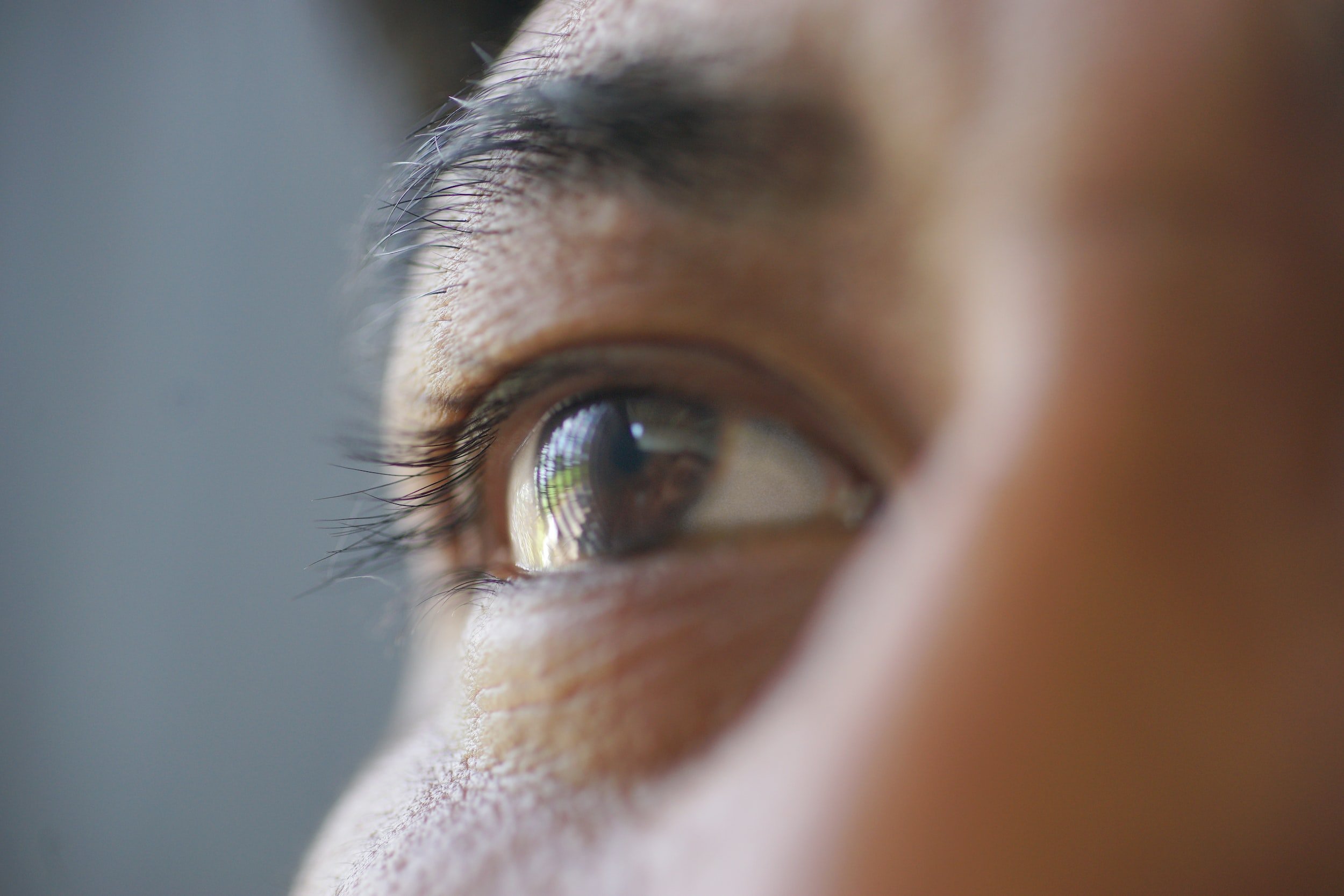
What is EMDR?
EMDR therapy is a structured and evidence-based approach to treating psychological symptoms and emotional distress caused by past disturbing life experiences. Using eye movements, difficult memories that cause us present-day distress are reprocessed, enabling the past to be put in the past, and transforming limiting beliefs that we may carry about ourselves.
Originally developed as a treatment for Post-Traumatic Stress Disorder (PTSD), in 2013 the World Health Organisation recommended EMDR to treat PTSD in children and adults. More recently EMDR is becoming increasingly recognised as being effective in the treatment of many other mental health conditions including complex / developmental trauma, anxiety, depression, phobias, OCD, and more.
The EMDR Association of Australia (EMDRAA) has some useful video content explaining EMDR available at - EMDRAA - EMDR resources.


The process - a typical session
The first one or two EMDR sessions involve talking with your therapist so they can get to know you, understand what you are seeking help with, and learn about your life experiences and circumstances. This is important in determining whether EMDR will be the best treatment option for you.
The following sessions will focus on identifying which disturbing life experiences underlie the problem, and assisting your brain to better process these memories so that your mind and body understand they are in the past. Processing past memories that have not been properly ‘digested’ by the nervous system will help you to understand yourself and your problems with more clarity and will facilitate change.
EMDR therapy involves using various methods of bilateral stimulation to help the brain to process traumatic memories. Fast eye movements are most commonly used, whereby you follow your therapist’s fingers with your eyes as they move quickly from side to side. If eye movements are uncomfortable or not possible for you, your therapist will help you to explore other methods of bilateral stimulation instead.
In a typical EMDR session, a memory is identified for reprocessing, and your therapist will ask a few questions to bring that memory to life in your mind, which will elicit the thoughts, images, sensations, and emotions that go with that memory. You can tell your EMDR therapist as little or as much about the memory as feels comfortable for you.
You will then do your eye movements for about 30 seconds, followed by a short break during which you will briefly feed back to your therapist what you have noticed coming up for you, whether it be thoughts, emotions, images, or body sensations. This process facilitates the natural capacity of the brain to heal itself and is repeated until you are able to remember the event without feeling any disturbance in the present. At the conclusion of an EMDR processing session you will no longer experience disturbance when thinking of the memory and previously held negative self-beliefs relating to the memory will have been replaced by positive self-beliefs. EMDR is not a method of making you forget the difficult things that have happened in your life, rather it enables the body and mind to fully understand that they are past events. This can free you to be fully present in your life in the here and now, and enable you to build the life that feels most meaningful to you.
A single traumatic memory will be processed in 1 - 2 EMDR sessions of 60-90 mins each. The type of problem, life circumstances, and extent of previous trauma will determine the number of sessions that are necessary.

FAQs
Follow this link to access the useful FAQ page produced by the EMDR Association of Australia (EMDRAA) - EMDR FAQs